Review for Boogiepop Phantom Collection
Introduction
Last year’s Madman clearance sale afforded me the chance to pick up some classic anime titles, shows that fans have been raving about for years, may even have had a UK release at some time, but have long since started falling out of print, their licenses vanishing into the ether. I’ve finally got to see shows like the Slayers OVAs, and His and Her Circumstances, and now I get to see the spooky horror mystery that was on ever anime fans’ lips at the height of X-Files mania. I get to see what Boogiepop Phantom is all about. One thing that I’m finding wholly refreshing about these older shows, is that they have very few of the tropes and clichés, the character archetypes that are prevalent in modern anime. At the height of the anime boom, it seems that creators had a lot more in the way of leeway when it came to the stories that they could make, and a lot more freedom to experiment. And Boogiepop is nothing if not experimental. It might just be unlike any other anime that I’ve seen. Actually in fairness, both Boogiepop and Kare Kano are still in print in the US courtesy of TRSI, in case the reviews whet your appetites.
A major disturbance in the city causes a power loss, and in the distance, a pillar of light reaches into the sky, an odd tone is heard... One month later rumours abound in Hirijidani High School of the soul eater Boogiepop, and disappearing children. One such disappearance is affecting Moto Tonomura. When her friend Yasuko drags the introverted girl to a group date at a karaoke night, they’re all talking about a boy named Saotome who has vanished. It’s more than just gossip for Moto though, as Yasuko used to date Saotome, and even though that relationship ended badly, Moto never got to confess her own feelings for him, feeling guilty about being attracted to her friend’s boyfriend. Then Moto starts seeing Saotome, or visions of him as some sort of apparition. She becomes obsessed with finding him, to confess her feelings, only when she eventually chases the apparition down, he doesn’t know her. He does offer to feed on her, which is even creepier than it sounds. Only Boogiepop has something to say about that...
This is only one of the intertwining stories presented in the world of Boogiepop Phantom, chilling, mysterious, and unsettling...
12 episodes of Boogiepop Phantom are presented across 4 discs from Madman Entertainment.
Disc 1
1. Portraits From Memory
2. Light in Darkness
3. Life Can Be So Nice
Disc 2
4. My Fair Lady
5. Interlude
6. Mother’s Day
Disc 3
7. Until Ure In My Arms Again
8. She’s So Unusual
9. You’ll never be young twice
Disc 4
10. Poom Poom
11. Under the Gravity’s Rainbow
12. A Requiem
Picture
Boogiepop Phantom dates from 2000, and it got its first home video release, on VHS no less the following year in the US. These DVDs are of a similar vintage in terms of content and authoring, with Madman Entertainment working from the 2003 US DVD release from Right Stuf. That’s why we have a distinctly old school treatment to the video, a 4:3 regular image, given an NTSC-PAL standards conversion for the transfer. So you can expect the usual softer picture, some ghosting and blended frames, although the animation is smooth.
Boogiepop Phantom is unlike any other anime I have seen however, although its visual tone and bleak style is the sort of thing that you see animators do to tech thrillers like Serial Experiments Lain, or dystopian future noir stories like Texhnolyze and especially Gilgamesh. Boogiepop Phantom is a dark show, making use of shadow and inference. It also dials back its colour palette, so all that are left are dull greens, browns and yellows. It almost seems like a monochrome show at times. To contrast the dark it will also boost the brighter scenes so they can seem overexposed and overpowering. It’s a very effective and unsettling aesthetic that works well with the tone of the show. I did have an issue with the character designs, as they are often difficult to differentiate, and that coupled with the fractured narrative makes it harder to keep track of who is who in this show.
Sound
You have the choice between DD 5.1 Surround English and 2.0 Japanese stereo, with optional translated subtitles. The on screen text translations are burnt into the image though. Even the Japanese stereo is a masterpiece of sound design, intricate and unsettling, making excellent use of the stereo soundspace to present the show’s effects, music and dialogue. The English audio goes a step further by creating a genuine surround mix for the show, rather than simply upmixing it, and it’s noted on the commentary that they took one or two liberties to ‘tune’ the show to a Western audience (the Japanese might have out of phase dialogue in some scenes, the English dub will place it dead centre, but change its timbre). The dub too is pretty good, top quality actually for the show’s era. The subtitles are timed accurately and are free of typos.
Extras
Four discs from Madman Entertainment are collected in an Amaray fat-pack, two discs either side of a central hinged panel, and two on each inner face of the case. The sleeve is reversible, repeating the artwork, but one side omitting the oversize Australian ratings logos.
The discs present their content with animated menus, and also have jacket pictures to look at when at rest in compatible players.
Every episode has an audio commentary, although for the first three episodes (the first disc) it’s just one commentary that flows for some 70 minutes.
Disc 1
Here you will find two promos for the show, running to 30 seconds and 15 seconds respectively, a 1:03 music video, and trailers for Cowboy Bebop, Gundam Wing, Serial Experiments Lain, and Rurouni Kenshin.
The commentary on disc 1 features Jeff Thompson of The Right Stuf International, and Joe DiGeorgi of Headline Studios, as they talk about the casting and dubbing process. Be wary of spoilers for the series.
Disc 2
The extras here include a 100-second promo, a 2-minute promo for disc 3 (Evolution), and a 2½ minute music video (Fruits), There are trailers here for Cowboy Bebop, Serial Experiments Lain, Vampire Princess Miyu, and Evangelion: Death and Rebirth.
The commentary on disc 2, has Jeff Thompson again, this time joined by script adaptor, and voice of Saotome, Crispin Freeman for episodes 4 and 5, and voice of Nagi and Manaka, Rachael Lillis for episode 6. As you might guess, this chat focuses more on the adaptation process, how a translated script is finessed into a dub script.
Disc 3
This time the extras include a 2-minute promo, a Special Edit Ending, an Evolution 1-6 Promotion, and trailers for Cowboy Bebop, Serial Experiments Lain, Evangelion: Death and Rebirth, and Rurouni Kenshin.
In terms of commentaries, you get Jeff Thompson and Rachael Lillis on all three episodes, although by this point they are very observational, and gappy.
Disc 4
Here you will find an Original Artwork gallery featuring line art to click through, several pages of text in Producer & Character Notes, the Evolution 1-6 Promotion again, and trailers for Cowboy Bebop, Gundam Wing, Rurouni Kenshin, and Vampire Princess Miyu.
The commentaries this time around feature Jeff Thompson and Angora Deb (Toka, Sayoko), and this time they are a little more chatty, at least for episodes 10 and 12.
Conclusion
I have watched some challenging anime in my time. You have to have the grey matter engaged, the attention fully focused to appreciate shows like Serial Experiments Lain, Texhnolyze, Mawaru Penguindrum, and the like. Boogiepop Phantom is one challenge that defeated me. This sci-fi, supernatural mystery show is one that I just couldn’t get my head around, the stories refused to click, and I found it to be more a headache than an enjoyment. That isn’t to say that Boogiepop Phantom is bereft of worthwhile content; on the contrary, there is so much going on in this show that for anyone that can understand its finer points, I’m sure that it will be a rewarding anime to watch.
The show doesn’t make it easy either. In terms of tone and style it is a dark show, but dark in this case, coupled with an uncomplimentary NTSC-PAL standards conversion of what was probably a video sourced master, really means indistinct. There are scenes in this show which are practically indecipherable. On top of that, the character designs aren’t sufficiently differentiated to keep track of. If that isn’t enough, the show suffers from character overload, there are many protagonists to keep track of, each story has its own cast, with the odd character crossing over from one episode to another. The final straw is the fractured narrative.
There are two set points in the storyline, the serial killings five years previously, and the pillar of light that awoke strange powers in certain people. But the episodes flit around all over the place, jumping back and forth through the time-line, often repeating key events from different perspectives, and as mentioned with characters crossing from one episode to another. One episode is even told in reverse. I just couldn’t keep track of it all, and eventually had to give up on the story and just try and soak in the show’s spooky ambience.
Then, when I listened to the commentary, I learned that Boogiepop Phantom is based on a series of light novels, and all of the characters in the show get far greater development and back-story in the light novels than they do in the anime. It makes the anime feel like a companion piece to the novels rather than a show that can stand alone on its own.
Yet it does just about manage to hang together, and I have to admit that its story was compelling. The pillar of light heralded the start of strange supernatural events in the city, as people suddenly gained unexpected abilities. All of this is tied back to the serial killings five years previously. We encounter these people with weird powers, mostly high school students, as each episode tends to explore their stories. There are common threads through the series; a girl named Manaka whose ghostly butterflies impart visions of the past, a girl named Nagi Kirishima who appears to be investigating the strange occurrences, and the titular Boogiepop Phantom, not to be confused with Boogiepop, who is another character, but both perceived as spectres of Death roaming the city,
Boogiepop Phantom does reveal most of its cards over the runtime, the nature of what’s happening in the city, the characters with powers, the experiments behind it all, the supernatural occurrences; it’s just that while I have all the pieces, I don’t really know how they fit together. The picture is just as fractured as the show’s narrative. This is a bleak and unsettling psychological horror show, certainly one of the most effective that I have seen in anime in terms of visual impact and visceral uneasiness. I’ll need to watch it a few times more before I can get a handle on its story, but the question is whether I actually want to. Boogiepop Phantom isn’t for everyone, and if you do choose to try it out, be prepared to put in some overtime on it.
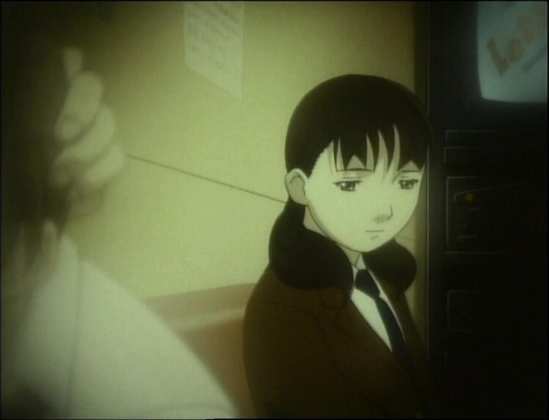
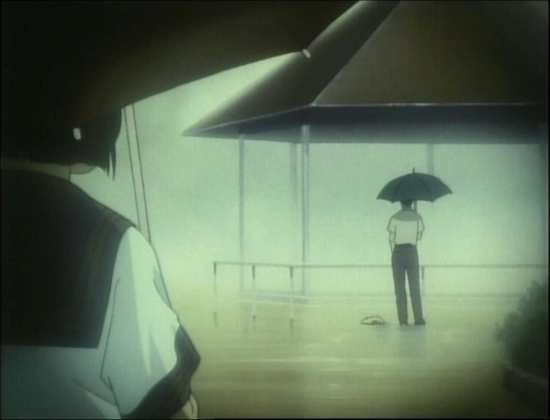
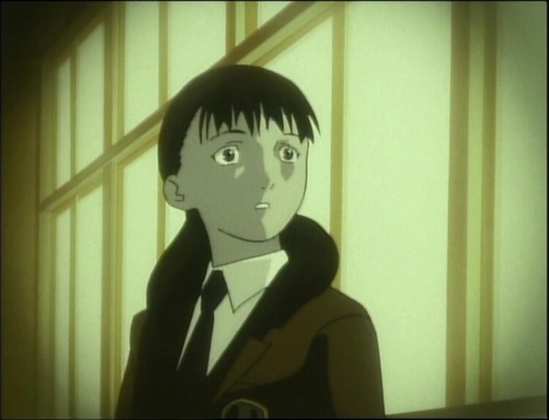
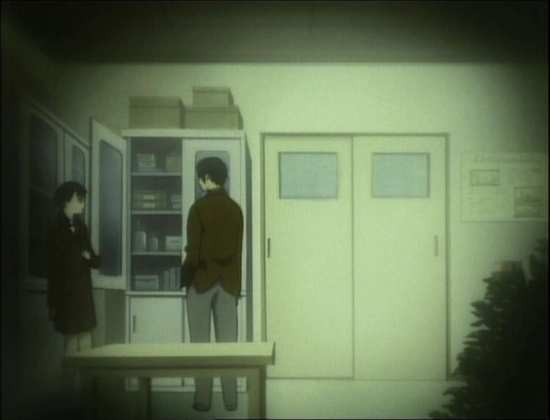
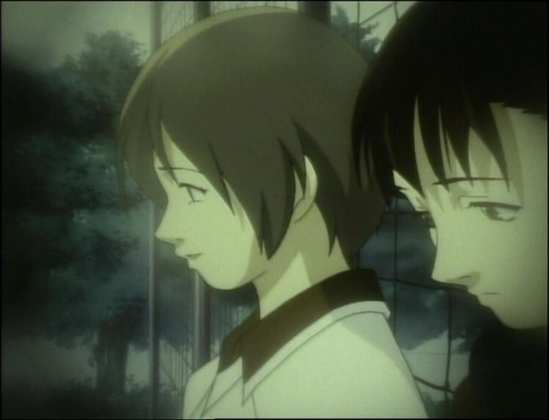
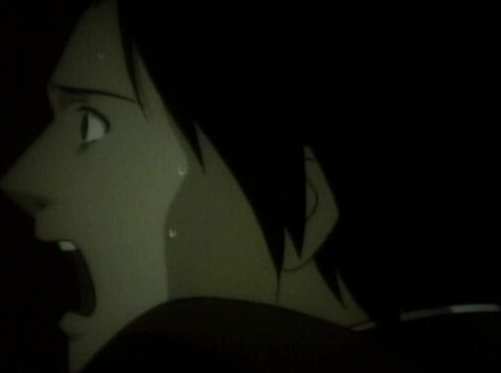
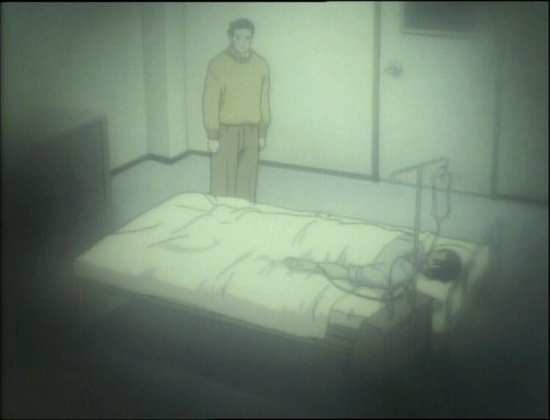
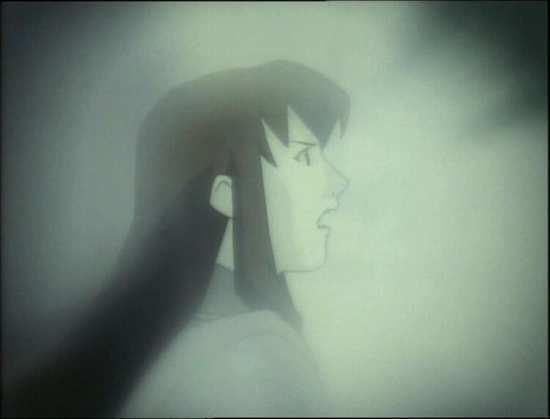
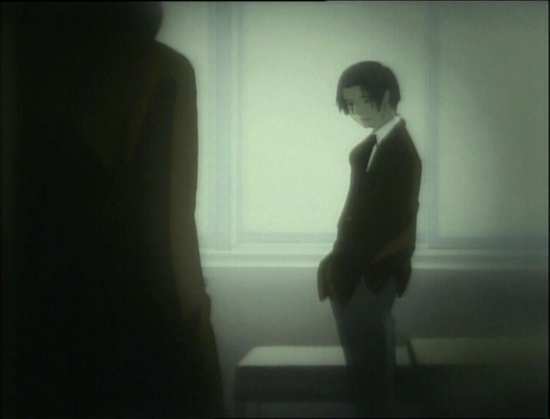
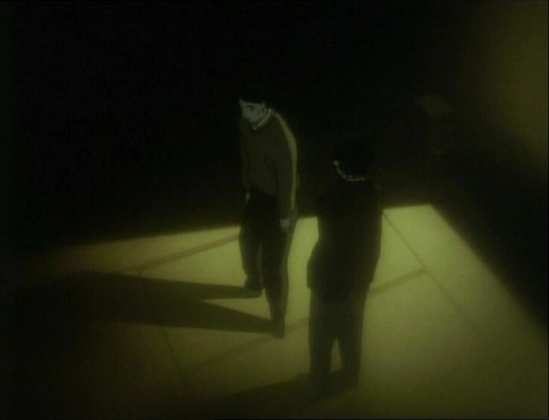
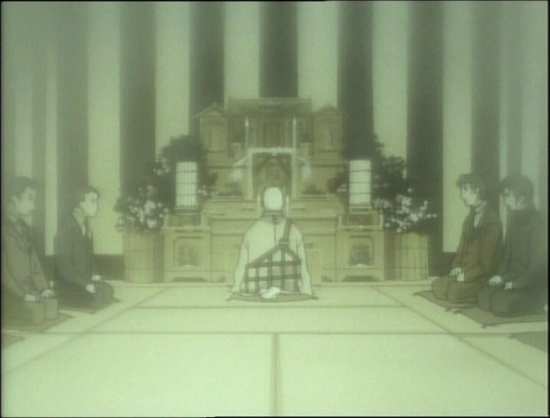
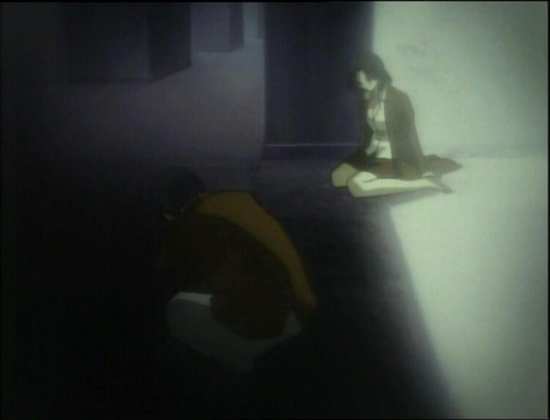
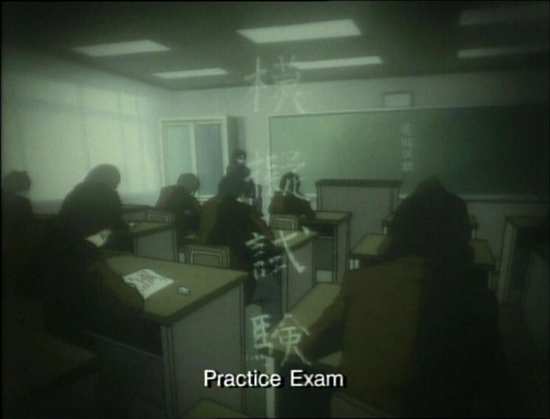
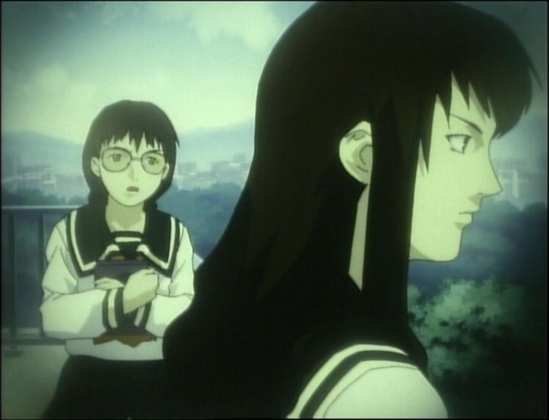
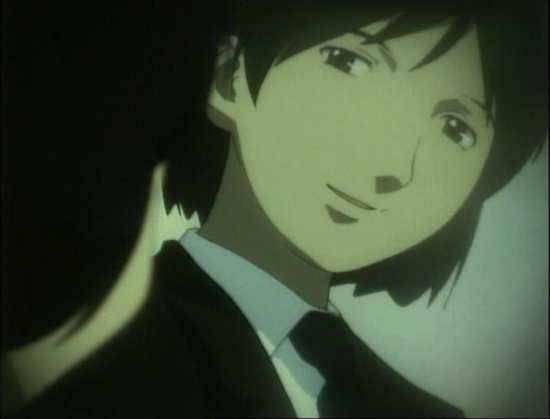
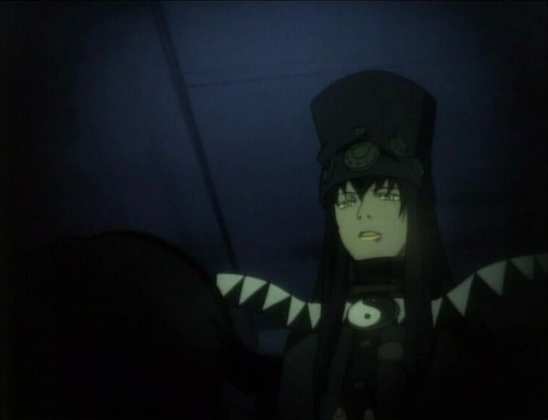
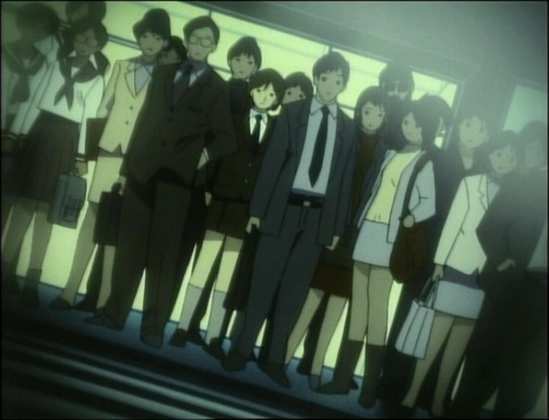
Your Opinions and Comments
Be the first to post a comment!